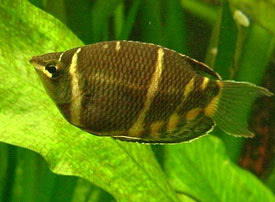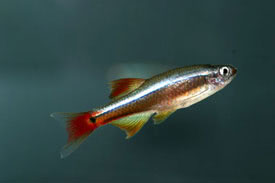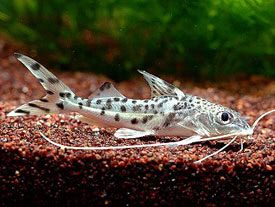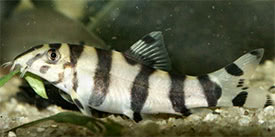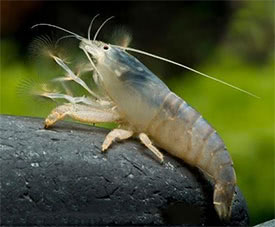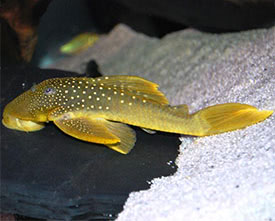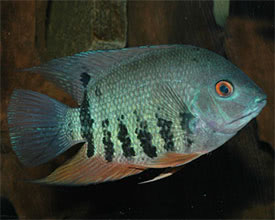
 Magyarul / Hungarian
Magyarul / Hungarian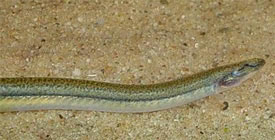
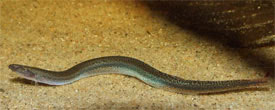
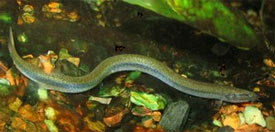
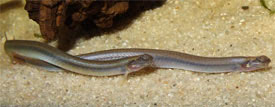
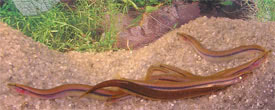
- Scientific name: Pangio anguillaris
- Synonyms: Acanthophthalmus vermicularis, Acantophthalmus anguillaris, Cobitophis anguillaris, Cobitophis perakensis
- Common name: Eel Loach
- Group: Loaches
- Habitat: Asia; southern Peninsular Malaysia, Thailand, Laos, Cambodia and Vietnam, Sumatra, Borneo.
- Size: 10-12 cm
- Biotope: Lives in shallow, slow-flowing streams, or in peat swamps and other blackwater habitats. These waters are usually heavily-vegetated with submerged roots and leaf-litter on the sandy surface.
- Social behavior: Peaceful and shy nocurnal fish. Can be kept in a community tank with other peaceful fish that swim in the upper part of the water column.
- Diet: Omnivorous; in nature they eat benthic invertebrates. In the aquarium give them small live and frozen foods, and quality dried foods.
- Breeding: Has not been bred in aquarium.
- Tank: Minimum 60 litres
- Population: 5-8 fish for 60 litres
- Decoration: Use a sand or fine gravel substrate, as they often burrow into the substrate. Build lots of shady hiding places with roots and larger stones. Place some dried leaves into the tank to mimic their natural habitat. Use dimmed lights.
- Temperature: 23-29 °C
- pH: 6-7,5
- Hardness: 0-8 NK°
- Lifespan: 5-8 years
Description: The Eel Loach has a long, slender, snake-like body. Its coloration due to its wide distribution may variable. Pangio anguillaris has a plain brownish-grey color or finely spotted body. There is a horizontal, faint dark stripe on their flanks, from the gill opening to the caudal fin. The belly is light brown. Eel Loach has no nasal barbel. Highly esteemed food fish in northern Thailand.
Pangio anguillaris should not be considered for a new aquarium, they need a well-established, planted aquarium. These fish are best maintained in groups of 5 or more.
Adult females plumper and a little longer than males. In males the first pectoral fin ray is visibly branched and thickened. These fins are noticeably upturned and also much longer than on females. Mature males may also develop a bulge on their head. Pangio cuneovirgata has not been bred in aquarium.





